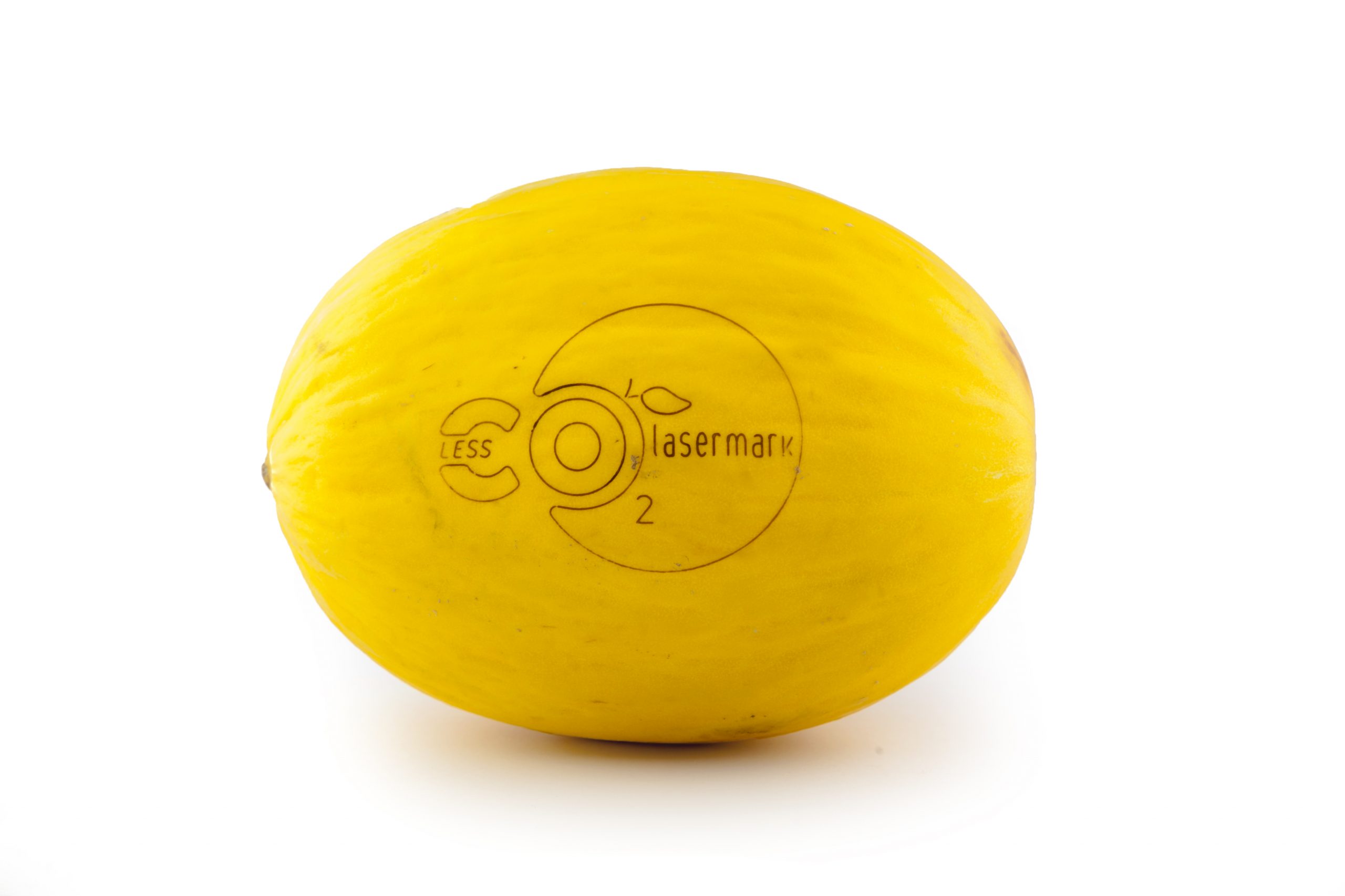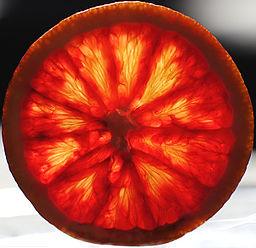
Spanish fresh produce technology specialist Laser Food, together with US partner JBT Corporation, made their first major appearance on UK shores at the London Produce Show.
Held June 3-5 at London’s Grosvenor House Hotel, the show was a key opportunity to explain to leading members of the fresh produce sector why Laser MarkTM can be an effective alternative to traditional fresh produce labels.
Laser Food’s head of international business development, Stephane Merit, said: “The UK is a major consumer of fresh fruits and vegetables in Europe and it is also a very demanding market that wants quality and is ready to pay for it.”
Merit said the UK is a perfect target for the technology as laser labelling is a way to add value to fresh produce and help retailers reduce their carbon footprint. The reduction in carbon footprint, which can be delivered by the paper-free technology, also fits well with consumer – and therefore retailer – awareness and concern about environmental issues.
With the London Produce Show consolidating its position as a major meeting place between UK retailers and producers of fresh fruits and vegetables worldwide, Merit said it offered Laser Food and JBT a great opportunity to demonstrate the benefits of laser-labelled fresh produce.
“Maintaining a constant dialogue with the major UK retailers is key because we know they are the ones who set trends and are looking for new products, new technologies and new ways of satisfying their customers’ needs.”
Based in Valencia, Spain, Laser Food originally developed the laser labelling technology between 2010 and 2013 as part of its Laser MarkTM research project, which was 50% funded by the European Union.
The technology, which can be applied to almost any type of fresh produce, uses EU-approved compounds that do not damage the fruit surface or interior, while maintaining the commercial value of the product. The materials used in the process were legally approved by the EU for pomegranates, melons and citrus in June 2013.
As well as being able to write brand names directly onto fruit, the system allows growers and retailers to add QR matrix codes to product surfaces, offering greater traceability.
Laser Food and JBT Corporation tailor their services to the individual needs of each client, and are currently supporting customers in Italy, France, Poland and the UK. JBT Corporation is a leading global supplier of integrated solutions for the fresh produce sector.

